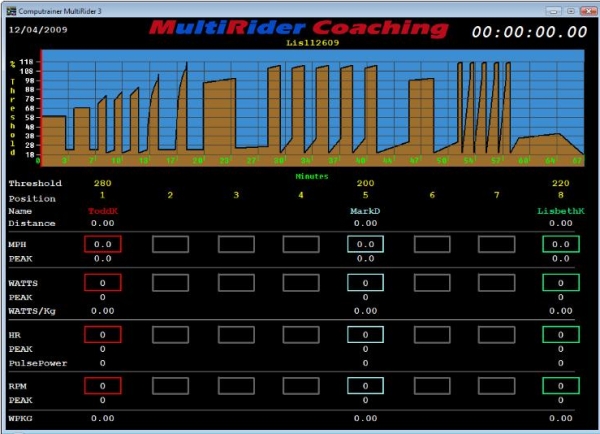

For example, in order to increase your anaerobic capacity, you need to train at intervals above your functional threshold power. In terms of using the courses as a predictor of reality… I think the courses are probably “okay” for providing a general view of time and/or effort (HR), but not reflective of the power peaks and valleys your legs will see on the actual course. CompuTrainer rides are pre-programmed and pre-established workouts that focus on various fitness needs for cyclists, like anaerobic and aerobic capacity, VO2 max, and interval work, etc. The bottom line? It’s hard to be conclusive with only one data comparison point, but I continue to believe that the CT is a fantastic training tool for dialing in specific power values. Likewise, to maintain balance you need to ride a little faster up the hills than you do on the CT. In reality, there are corners on the decent that prevent you (or at least me with my bike handling skills) from pushing down the hills. On the CT, you can put it a high gear and pedal down the hills. For the CT, it was much easier to maintain Z2 pace consistently, than it is in reality. SpinScan Pedal Stroke Analyzer is an exclusive CompuTrainer feature that helps you increase power and efficiency. Ride on your bike on one of the 300 courses utilizing the SpinScan to determine where you need to improve. Again, the big difference is the smoothing factor that you get from the CT, which can be seen in the differences in my power zones. One of the best ways to improve cycling efficiency. My average times and HR data was fairly close between the CT and reality. The power peaks are not as high and you never really rest/recover on the CT, which tends to flatten or average the data more than reality. The quick take is that the CT course does not have the variability that occurs in reality.


 0 kommentar(er)
0 kommentar(er)
